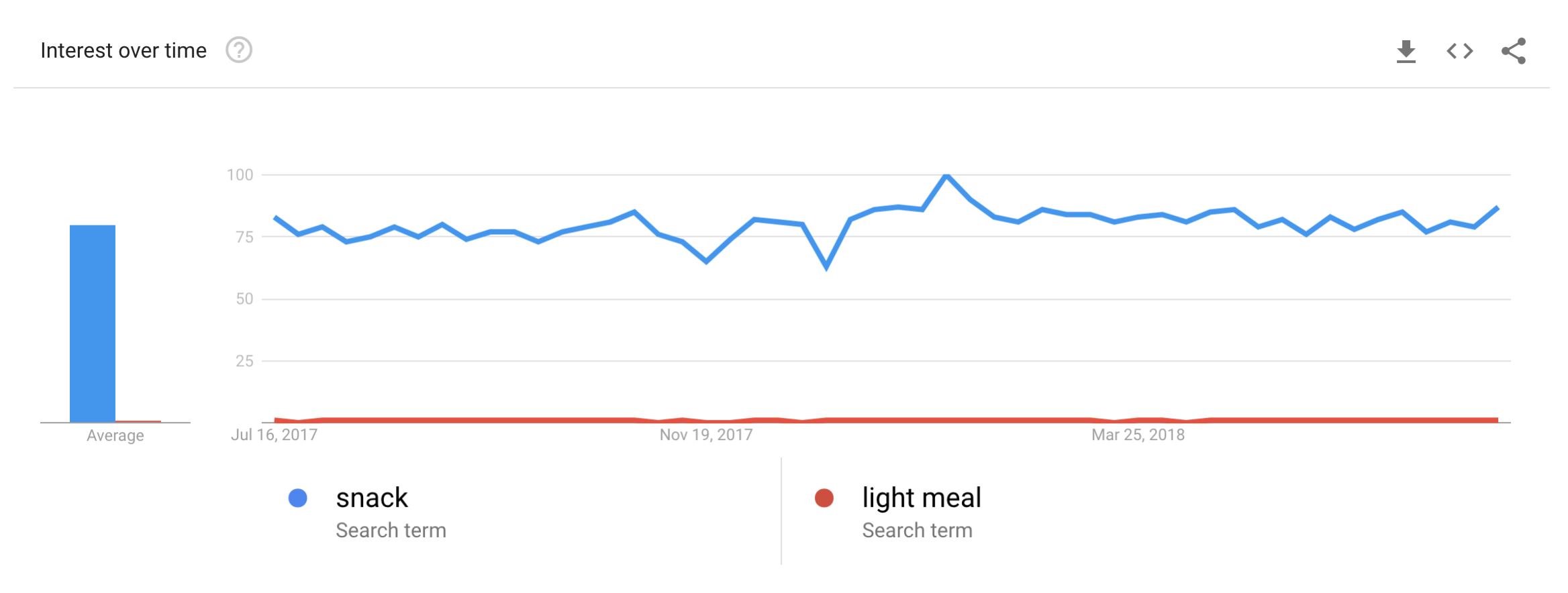How to attract customers online: speak their language
July 17, 2018 •Jordan Ehrlich

Speak the language of your target audience - in person and on the internet. That’s the only way they will know what you sell.
This sounds intuitive because marketing is all about understanding the consumer. But with the rise of digital advertising there became nuances in the ways we advertise that demand our attention - specifically the need to align our google search campaigns with our target audiences’ actual search queries. This blog details why this is so important and offers some tools to help marketers learn from their consumers.
If this interests to you, view our webinar on doubling customer acquisition through paid search.
Align your google ad campaign with search queries (aka the market)
Scenario:
You’ve created the next big thing. And you want to sell it as such. However before you can sell anything, you need to tell the market about it. As marketers, what’s our next step?
We have a clear image of how we want our product to be perceived. So we start advertising this product with the description that we think best communicates this new idea and its branding, what we want our customers to feel when encountering it.
Let’s say our new product is a ready-made, light meal to satisfy young professionals until dinner. It’s not quite a snack so we don’t want to brand it as such. So we start advertising this new product as a “light meal” online. Sounds good, sounds healthy. But here’s the thing - people don’t search for light meals when looking for something to tide them over until dinner. They search for snacks.

Source: Google Trends
We see here that people don’t really search for “light meal”, they never really have, and maybe they never will. But snacks? Oh yeah, people search for snacks.
So we’re missing out on a whole mass of potential website visitors simply because we didn’t shout, “Hey try this!” when hungry professionals asked “What should I eat?” or more specifically searched, “What’s a good snack?”
Put more specifically, we didn’t use the right words in our blogs, website, and advertisements for google to recognize that we were indeed selling what the consumer was looking for. So we didn’t turn up in their google search.
This is a high-level and somewhat obvious example of how not to structure your customer acquisition efforts. But it’s important to keep this in mind at the beginning of any campaign launch. And it can be difficult to know from the outset how to select keywords, structure ad groups, and build out campaigns.
How do I find out what consumers are actually searching?
Google Ads, Neil Patel Ubersuggest, and DemandJump Traffic Cloud® are all tools to consider.
Google Ads
As referenced above, Google Trends and Google Keyword Planner are great tools to see what some common searches are. They’ll even show you metrics on suggested keywords you could use in your campaign.

Source: Google Ads
Neil Patel Ubersuggest
Ubersuggest is a great tool to use if you’re looking to inform your advertisement’s wording or draw inspiration from related words people are searching. Simply type a word or phrase into the search bar and Ubersuggest populates a list of recommendations based on their search volume, cost per click, and competition for the word on google ads.

Source: Neil Patel Ubersuggest
Traffic Cloud®
The DemandJump Traffic Cloud® populates a list of keyword recommendations based on the keywords that are driving traffic to your competitors’ and their success with those keywords. It will even go a step further and predict how much increased traffic should be generated if you optimize for those keywords.

Source: Traffic Cloud®
Conclusion
These tools all give insight into how to structure your ad campaigns. Whether it’s by checking the volume of search queries, competitors’ use of the words, or costs per click, these sites are a great place to start when informing your ad campaign strategy. If you’re having trouble acquiring customers online, always ask yourself: Am I providing the answers to questions actually asked? Is this based on data? Or am I simply making advertisements based on what I think describes my product?
If you’d like to learn more about building your ad campaigns around market dynamics, be sure to view our on-demand webinar led by Brennan Walker, a Strategic Marketing Advisor here at DemandJump.
Featured Articles
Categories
- Attribution Tracking (13)
- Channel Optimization (11)
- Consumer Insights (68)
- Content Marketing (251)
- Data Science (8)
- Digital Marketing (6)
- Digital Transformation (26)
- Enterprise (10)
- Lead Generation (14)
- Market Intelligence (8)
- Marketing Analytics (39)
- Marketing Attribution (57)
- Marketing Management (153)
- Marketing Operations (86)
- Organic Search (222)
- Paid Search (52)
- Pillar-Based Marketing (63)
- Programmatic Advertising (9)
- SaaS Content (14)
- SaaS Marketing (29)
- Search Marketing (111)
- SEO Keyword Research (28)
- SEO Pillar (18)
- SEO Strategy (46)
- SMB (5)
- Website Content (12)


